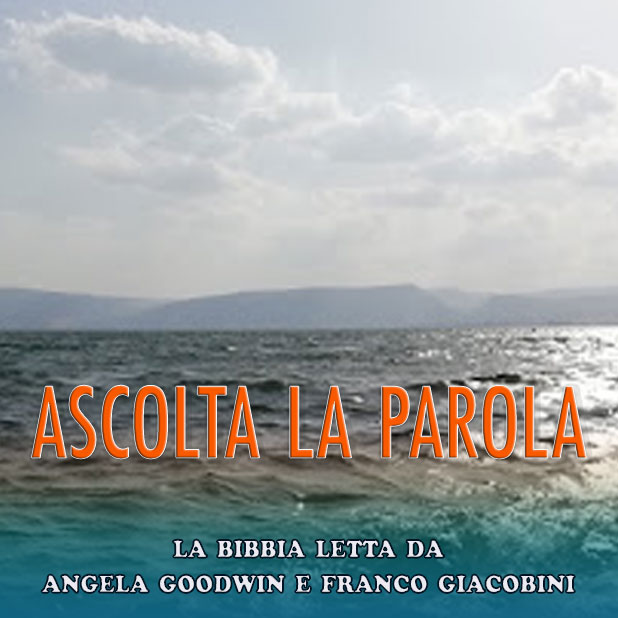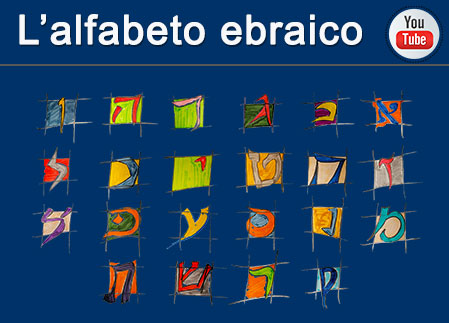Giuseppe Laras, head Rabbi of Milan
Italia 17/01/2003
The Exodus depicts Moses as the man whom God asked to lead his people from slavery to freedom, and as he who received the Torah, the divine teaching revealed on the Sinai. According to rabbinical tradition, this is the time when the people of Israel understand the meaning of the special experience they are going through and of the vocation to which the Lord has destined them, “separating” them from other people, “so now, if you are really prepared to obey me and keep my covenant, you, out of all peoples, shall be my personal possession, for the whole world is mine. For me you shall be a kingdom of priests, a holy nation” (Ex 19:5-6). From being slaves in Pharaoh, the people of Israel will thus become servants of the Lord, who has listened to the cry of his oppressed people and has decided to free them, remaining faithful to his promises (cf. Ex 3:7-10 and Gn 12:1-4).Any manifestation of God is a transcendental event before which man is called to recognize God’s greatness and his own smallness as a creature. This is why Moses too, to whom God reveals himself through the burning bush, “hides his face”, because he is afraid of “looking” at Him (cf. Ex 3:6). However, Moses is defined by the Scripture and rabbinical tradition as he whom God allows to be close to Him and catch a “glimpse” of His transcendence, otherwise impossible and dangerous (cf. Ex 19:12 and 33: 19-23, Exodus Rabbà XXVIII:6; Leviticus Rabbà I:14). This is why he can “go up” to the mount and “speak” to the Lord who “answers” him with “a voice” that Moses “can bear” (cf. Ex 19:19; Exodus Rabbà V:9). The people instead remain at the foot of Mount Sinai, where the signs of theophany are evident: peals of thunder, flashes of lightning, dense cloud, a very loud trumpet blast (cf. Ex 19:16), bus especially fire, “Mount Sinai was entirely wrapped in smoke, because Yahweh had descended on it in the form of fire. The smoke rose like the smoke from a furnace” (Ex 19:18). Some comments suggest a special relationship between the word of the Lord who reveals Himself and the fire accompanying such a revelation, a characteristic which tradition believes to be common to many theophanies (cf. Ex 3:26 and Gn 15:17) and to the very words of the Torah, as stressed in an authoritative commentary to the Deuteronomy, which at one point states, “indeed, both (fire and Torah) were granted from heaven and both are eternal” (Sifrè Deuteronomy 143a). We are thus faced with a divine event which occurs once and for all within the context of a mediation which involves especially Moses, for the revelation granted to him is the source from which all the subsequent prophets have drawn, “What the prophets were destined to prophesize to the generations to come they received from Mount Sinai” (Exodus Rabbà XXVIII:6).
The gift of the Torah is not only destined to last over time, but it was granted in order to be accepted and practiced. In this respect, rabbinical tradition highlights two important aspects. On the one hand, it specifies that God expressed himself in “the seventy languages of humanity”, so that all peoples would understand him (cf. Exodus Rabbà V:9). On the other, however, it points out that only the people of Israel accepted the revealed precepts as life-long teachings (cf. Sifrè at Deuteronomy, Pisqa 343).
Indeed, the Scripture states that all of the people “see” the signs of theophany on Mount Sinai, and are thus witness to God’s revelations to Moses (cf. ex 20:18), and all of the people solemnly undertake to accept the Torah with the following assertion, “We shall do (n’asé) everything that Yahweh has said; we shall obey (wenishima)” (Ex 24:7). The Jews that speak these words have just undergone a liberating experience unique in its kind. Being faithful to his promises, the God that has freed them cannot but want their good, which is why he teaches them how to preserve the covenant so that it may last over time. This is why His teaching should firstly be practiced and in this context “heeded”, that is, constantly understood and considered anew in the light of the new events of history because, as the Torah states, “it is no longer in heaven” but in the hands of men, so that they may continue to “choose life and good” (cf. Dt 30: 12-19). All this implies the need to understand ever more profoundly the words spoken to men in their different perceptible aspects. It is no coincidence that Psalm 62 reads as follows, “Once God has spoken, twice have I heard this” (Ps 62,12). Rabbinical tradition teaches that from this, one can infer that a verse of the Scripture may have different interpretations, which are to be perceived like the sparks produced by a hammer shattering the rock (cf. Jr 23:29). Every spark is the result of the hammer’s blow, and all are true albeit in their diversity, for many doctrines can stem from a single verse of the Scripture (cf. Babylonian Talmud, Sanhedrin 34a; Shabbath 88b). It is thus important for tradition to continue to discuss and ask itself how men can continue to be faithful to God’s teaching of freedom on Mount Sinai. It is not by coincidence that rabbinical teachings, playing on the assonance of the Hebrew terms charut (etched) and cherut (freedom), teach one to consider the laws of the Torah as “freedom” on tablets rather than praxis “etched” on tablets. In so doing, they reiterate that the revealed teaching must be accepted and practiced, for it comes from the only God capable of liberating and converting an anonymous and losing history into a history of salvation.
Still today, this is precisely what the Jewish people bear witness to among the peoples: a freedom that leads to commitment while being faithful to the gift of the Torah, received through Moses who was capable of “speaking to God”. It is a revelation which, as duly recalled by Elia Benamozegh, also includes the laws given by God to Noah after the deluge, which are a teaching for the “righteous” like him, that is, the “gentiles loved by God whose merits make the prosperity among nations” (cf. E. BENAMOZEGH, Israele e l’umanità, Marietti, Genova 1990, p. 209-240).
240 visualizzazioni.
Inserito 01/01/1970
Relazioni Ebraico-Cristiane
Ultime novità nel sito
- 19/04/2020: Articolo - L’enigma della Maddalena
- 23/02/2020: Articolo - Il locus amoenus nelle catacombe ebraiche e cristiane di Roma
- 16/02/2020: Articolo - Il profetismo nel Vicino Oriente antico
- 13/02/2020: Articolo - I Profeti della Cappella Sistina
- 09/02/2020: Articolo - Gerusalemme e la Terra Santa di Israele


